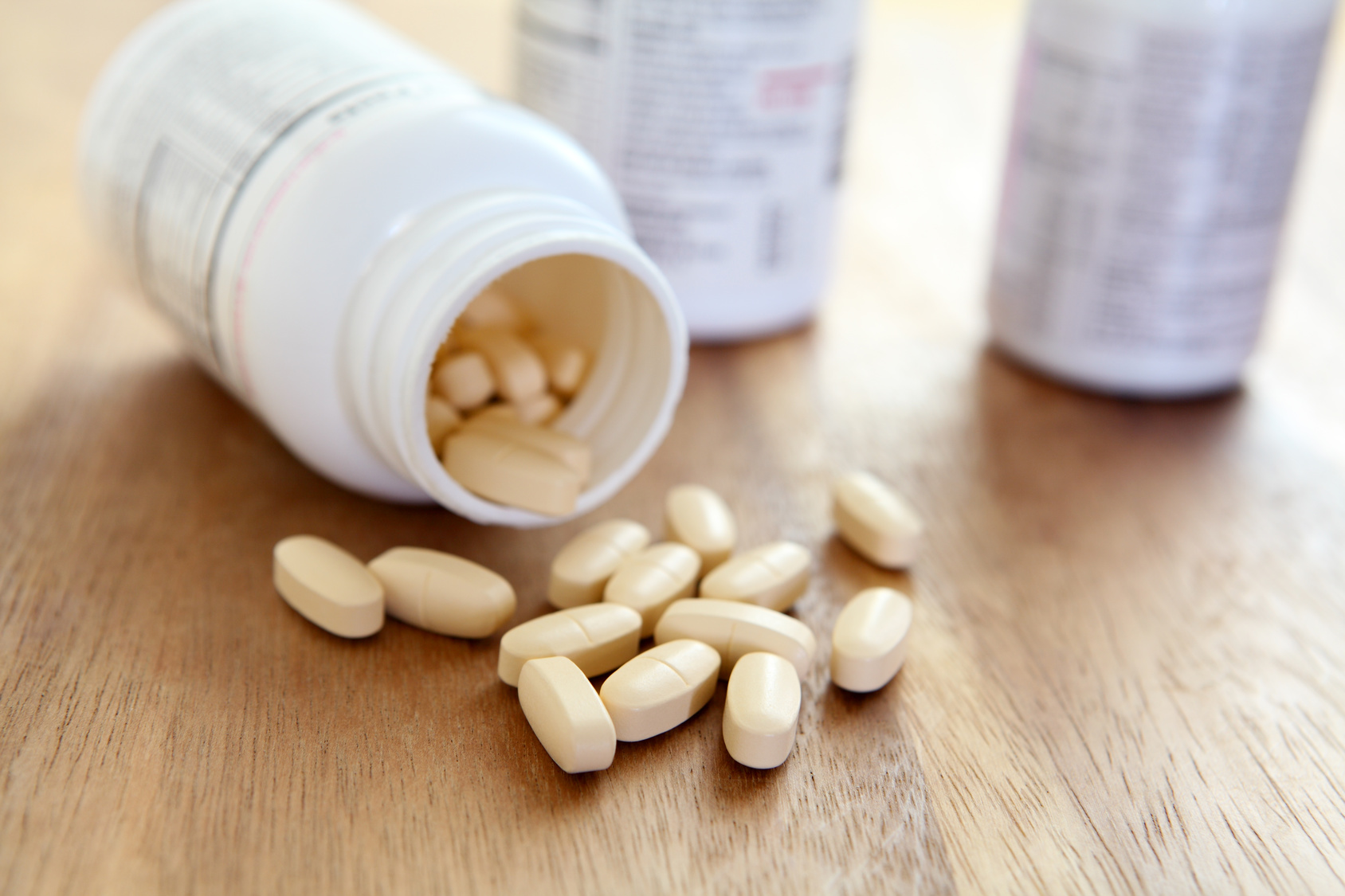The role of the gut microbiome in mood disorders is an emerging, fascinating field in neuroscience and medicine. Numerous studies have shown that the gut microbiota (colonies of both “good” and “bad” bacteria living in the gastrointestinal tract) are important in normal brain function. Furthermore, the status of this bacterial population can activate central nervous system signaling and neural pathways including the immune system, neuroendocrine, and hypothalamic pituitary adrenal (HPA) axis (Foster & Neufeld, 2013). Due to the complexities of these communication systems, as well as the individual ecology of each individual’s gut microbiota, there are still many unknowns in this field as it migrates from animal models to study mood disorders to the human body.
One such novel instigation in Auckland and Wellington, New Zealand, sought to apply this line of research to postpartum depression by providing pregnant and postpartum mothers with probiotics. Probiotics are live microorganisms that are usually consumed to promote the health of “good” bacteria in the gut microbiota and thus confer health benefits. This double-blind, placebo-controlled study ran between December 2012 and November 2014, and its primary aim was to investigate the development of eczema in 12-month-old infants whose mothers had taken probiotics. A secondary aim was to study the development of postpartum depression (PPD) and postpartum anxiety (PPA) in mothers, measured by administering the Edinburgh Postnatal Depression Scale (EPDS) and State Trait Anxiety Inventory 6-item (STAI6).
Mothers were recruited at 14-16 weeks gestation and at that time randomized to either the treatment with a probiotic supplement, Lactobacillus rhamnosus HN001 (HN001), or a placebo pill, to be taken daily between 14-16 weeks gestation to 6 months postpartum. Both psychological assessments were administered to mothers at 6 and 12 months postpartum, and the participants were asked to retrospectively report their mood from the 1-2 month postpartum period. (Both of these measures are typically used to report current mood symptoms, but neither have been validated for retrospective use.)
The HN001 treatment group (N=193 mothers) reported lower EPDS scores (Mean=7.7, SD=5.4) than placebo (N=187, Mean=9.0, SD=6.0) as well as lower STAI6 scores (Mean= 12.0, SD=4.0) than placebo (Mean=13.0, SD=4.3). The study does not report the number of women who scored higher than the cutoffs of 12 and 15 for the EPDS and STAI6, respectively, in order to indicate higher risk of PPD and PPA. There was a significant effect size of -1.2 in EPDS scores (95% Confidence interval (CI): -2.4, -0.1, p=0.035) and -1.1 in STAI6 scores (95% CI: -1.9, -0.2, p=0.014) between treatment and placebo. When examining population demographics, the researchers found that 3.6% and 3.2% of the treatment and placebo groups, respectively, used psychopharmacologic medications (type unspecified).
Despite noting the limitations of the study, the investigators concluded, “This study provides evidence that probiotic supplementation with L. rhamnosus HN001 in pregnancy and postpartum reduced the prevalence of postnatal depression and anxiety postpartum.” The media has consequently covered this research study using headline such as, “Taking probiotics may reduce postpartum depression,” “Study: Taking Probiotics During Pregnancy Reduces Risk of Postpartum Depression and Anxiety,” and “Probiotics could be the solution to postnatal depression: study.” Given the design of the study, we feel that it is premature to make such conclusions and that is too early to consider probiotics as a first-line treatment for postpartum mood and anxiety disorders.
The first limitation of the study is that mothers reported their mood symptoms 4-11 months retrospectively. It should be noted that retrospective reporting is not a reliable form of self-report and we suspect this is because the primary outcome of the study was eczema in 12-month old infants rather than maternal mood symptoms.
Second, as the mean score for each group was not above the cutoff for the EPDS and STAI6 and the number that were above cutoff was unreported, it is difficult to distinguish whether there could have been a possible effect of treatment for the mothers who could have screened positive for PPD/PPA rather than those who were stressed or tired in the postpartum period. Third, the difference seen in EPDS and STAI6 scores between the treatment and placebo (less than two points) was statistically significant but may have limited clinical significance.
Fourth, the authors did not report screening at the onset of the study for previous psychiatric history or occurrence of postpartum mood disorders, both of which are good predictors for the emergence of PPD and PPA. Lastly, the treatment involved the introduction of one strain of bacteria, L. rhamnosus HN001, at one dosage and it is thus difficult to conclude that this would be the effect seen across all probiotics. As the authors mention, when reviewing studies about probiotics the range of probiotic strains, varying length of treatment, and small sample sizes make it difficult to conduct a meta-analysis of their effect on mood symptoms. The ecology and features of an individual’s gut microbiome are also unique to different locations and lifestyles (Yatsunenko et al, 2012), so it is important to note that this study was conducted in New Zealand.
The Bottom Line
While it is exciting to explore complementary and alternative medicine as either primary or adjunctive treatments for mood and anxiety disorders, the findings of this study are preliminary and must be replicated. Despite the limited findings of the study, no conclusions can be made regarding the effectiveness of probiotics as a first-line treatment for mood and disorders based on this one study. This is exceptionally important lesson for the postpartum period, a time of increased vulnerability for maternal psychiatric illness and crucial development of the child. Some clinicians may be tempted to use probiotics in this setting; however, using an intervention with unproven efficacy might delay using treatments with well-established efficacy.
Lauren Claypoole, BA
Sources:
Foster, J.A. & McVey Neufeld, K.A. (2013). Gut-brain axis: how the microbiome influences anxiety and depression. Trends in Neuroscience, 36, 305-312.
Slykerman, R.F., Hood, F., Wickens, K., Thompson, J.M.D., Barthow, C., Murphy, R., . . . Mitchell, E.A. (2017). Effect of Lactobacillus rhamnosus HN001 in Pregnancy on Postpartum Symptoms of Depressionand Anxiety: A Randomised Double-blind Placebo-controlled Trial. EBioMedicine, 24:159-165.
Yatsunenko, T., Rey, F. E., Manary, M. J., Trehan, I., Dominguez-Bello, M. G., Contreras, M., … Gordon, J. I. (2012). Human gut microbiome viewed across age and geography. Nature, 486(7402), 222–227. http://doi.org/10.1038/nature11053








Leave A Comment